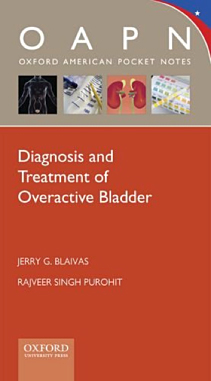Peyronie’s Disease
What is Peyronie’s Disease
Peyronie’s disease is urological problem in which scar tissue forms in the penis, causing the penis to develop a curvature.
What Problems does Peyronies Disease Cause?
In addition to the penile curvature, occasionally, in more severe cases, Peyronies disease can cause problems with impotence and pain.
What causes Peyronie’s Disease?
Although the exact cause of Peyronie’s disease is not known, it is believed that patients have a genetic predisposition to developing Peyronie’s disease and that repeated trauma to the penis from things such as intercourse can increase the chances of developing Peyronie’s disease.
How does Peyronie’s Disease Develop?
Most patients with Peyronie’s disease typically have what is called an active phase of the disease and a passive phase of the disease. In the active phase of the disease, scar tissue is gradually lain down within the penis and curvature progressively worsens. This phase typically lasts up to six months. During the passive phase of the disease, the scar tissue has already formed and does not worsen, but the curvature nonetheless remains in these patients.
What it the Treatment for Peyronie’s Disease?
The primary treatment option for many patients with Peyronie’s disease is simple surveillance. For most patient who have Peyronie’s disease, the curvature is not bothersome and does not prohibit intercourse or cause erectile dysfunction. For these patients, particularly those in the passive phase of the disease, no intervention is warranted.
Are there other Treatments for Peyronie’s Disease?
An alternative option is injections into the scar tissue to soften up the scar tissue. Typically, we use Verapamil for these injections and patients require 6 to 12 injections. In our experience, the injections are more successful in patients who are in the active phase of the disease. In these patients, often times, further worsening of the curvature is halted with the injections. Occasionally these injections will also work for patients who are in the passive phase of the disease.
There also are various creams and lotions that have been used to aid in Peyronie’s disease. Most of these in our experience are not very successful.
How About Surgery For Peyronie’s Disease?
An alternative for patients with more severe and bothersome penile curvature is surgery. This treatment is usually for those patients who are not candidates for injection or who found injection unsuccessful. The surgery is typically an outpatient procedure.
What are the Different Kinds Of Surgery? What is a Penile Plication?
Broadly speaking, there are two different types of surgeries that are offered. One entails placing sutures inside the penis in order to straighten it called a Penile Plication. These sutures are placed on the opposite side of the scar tissue and essentially act as a way of straightening up the “scaffold.” The advantages of this surgery are that it is fairly easy to do, has a high success rate, and does not affect erections. One disadvantage is that the surgery can cause some shortening of the penis (typically about a 0.5 inch of shorter when erect).
How about using a graft to correct the Peyronie’s Disease?
An alternative surgical procedure is the placement of a graft. This can be either a graft from a patient’s own vein or an artificial graft called a SIS graft. The advantage of the graft is that it can fix very severe curvatures and may in fact even increase the length of the penis slightly. The disadvantage is that there is a risk of decreased erections after the surgery. In severe cases a penile prosthesis may need to be used with a graft to correct the problem.
Why Choose a Uro Center Urologist in New York?
The urologists at the Uro Center in New York are experts in their field, bringing academic and research based innovation to the clinical forefront. Our urology team specializes in areas of treatment such as: robotic surgery, reconstructive urology, men’s health & infertility, kidney stones, urologic oncology, penile implant surgery, urethral stricture, BPH, Urinary incontinence treatment, Mesh complications, Enlarged prostate treatment, Urodynamics, vesicovaginal fistula and female incontinence in New York.
Request an Appointment











